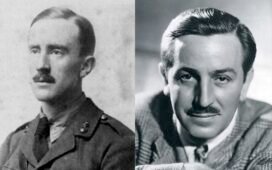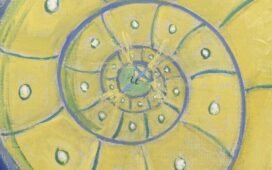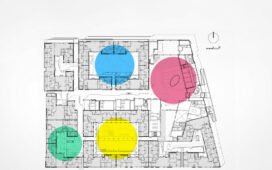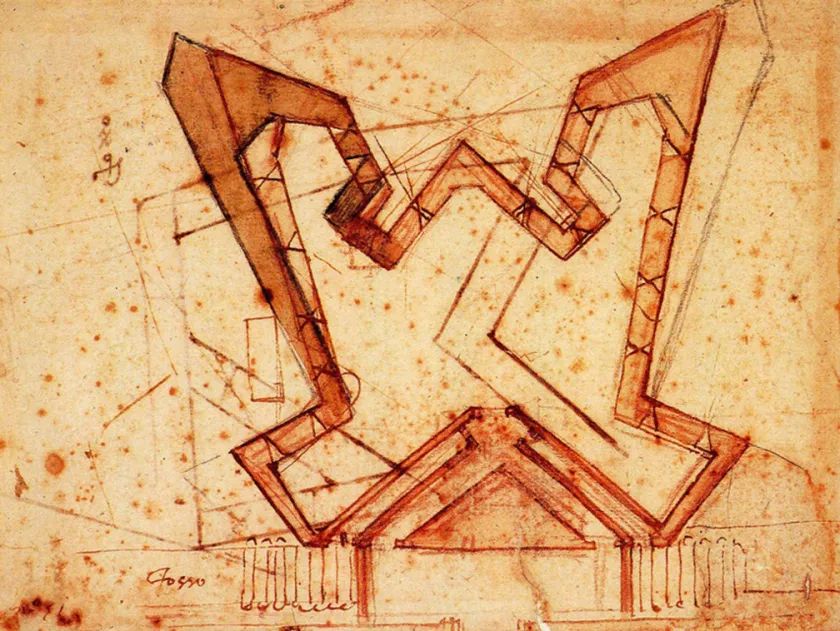

Michelangelo was born in the Republic of Florence, with the talent of… well, Michelangelo. Given those beginnings, it would have been practically impossible for him to avoid entanglement with the House of Medici, the banking family and political dynasty that ruled over Florence for the better part of three centuries. By the time of Michelangelo’s birth, in 1475, the Medici had been in power for four decades. At the age of fourteen, he was taken in by Lorenzo de’ Medici, known as “il Magnifico,” in whose household he received artistic training as well as philosophical knowledge and political connections.
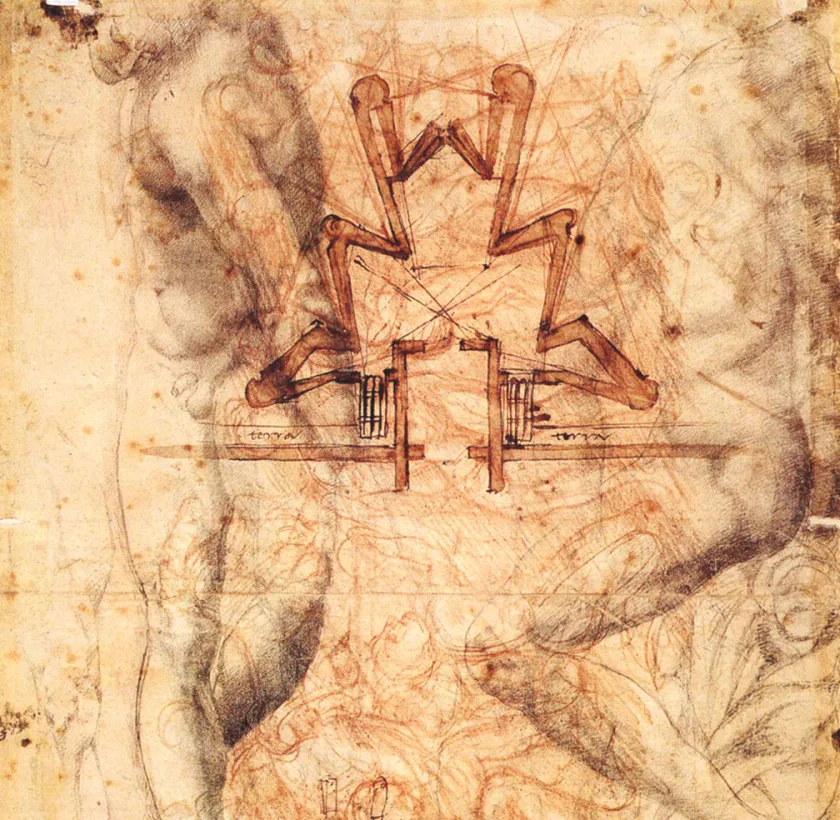

It was with Lorenzo’s death in 1492 that this first streak of Medici dominance ran into choppy waters. When the family was expelled from Florence two years later, Michelangelo took his leave as well, beginning the period of his career in which he would sculpt both the Pietà and the David.
Only in 1512 (after various troubles in Florence that included the four-year theocracy of Savonarola) were the Medici restored to power, but they also had the papacy: the Medici popes Leo X and Clement VII commissioned a great deal of work from Michelangelo, though he seldom saw eye-to-eye with those particular patrons.
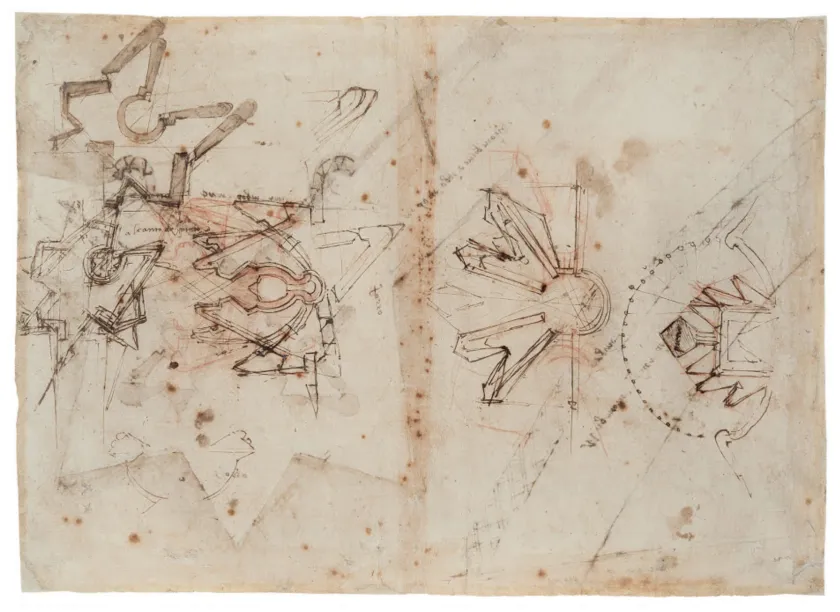

When Florence rebelled against the Medici in the late fifteen-twenties, Michelangelo took the side of the republicans. Their government selected him as one of the “Nine of the Militias” meant to design fortifications for the threatened city (a resumption of earlier, abandoned Medici plans) in 1526, and before long appointed him governatore generale. It was in that capacity that he drew the sketches seen here, which constitute his plans for a set of fortifications against the Medici-backed siege that spanned 1529 and 1530. However artistically striking, their designs were never actually built, at least not in anything like their entirety.
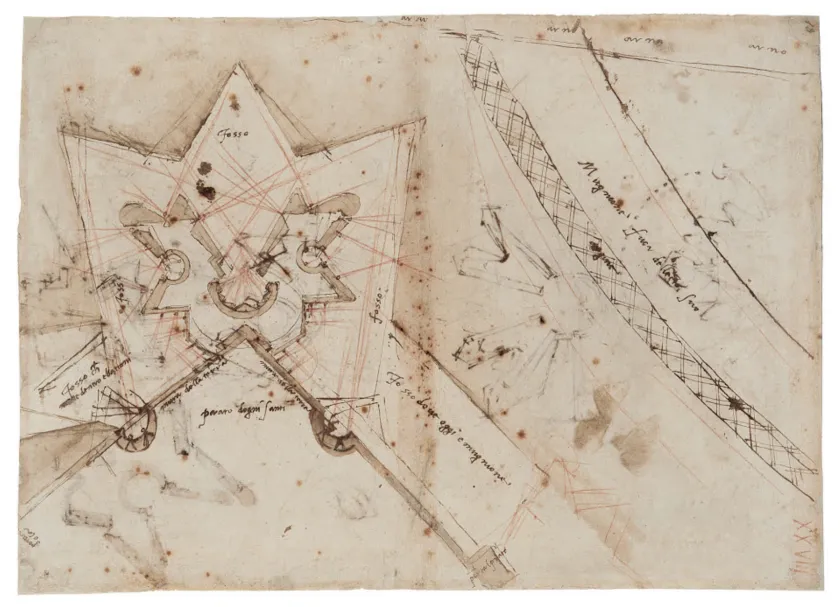

As it happened, Michelangelo had backed the wrong horse: the siege was ultimately successful, and the Medici retook power under the aegis of Holy Roman emperor Charles V. This put the artist in a difficult position, and for a period of months he was forced to go into hiding. With his death sentence in effect, he lay low in a small chamber beneath the Basilica of San Lorenzo, now part of the Medici Chapels Museum, whose walls are covered in drawings, previously featured here on Open Culture, in his unmistakable hand. The artistic skills he’d kept sharp during that period of internal exile would probably have kept serving him well enough in Florence after Clement VII guaranteed his safety there. But it seems he’d had enough Florentine intrigue for one lifetime, the rest of which he wisely opted to spend in Rome.
Related content:
A Secret Room with Drawings Attributed to Michelangelo Opens to Visitors in Florence
How Michelangelo’s David Still Draws Admiration and Controversy Today
New Video Shows What May Be Michelangelo’s Lost & Now Found Bronze Sculptures
Watch the Painstaking and Nerve-Racking Process of Restoring a Drawing by Michelangelo
Michelangelo’s Illustrated Grocery List
Based in Seoul, Colin Marshall writes and broadcasts on cities, language, and culture. His projects include the Substack newsletter Books on Cities and the book The Stateless City: a Walk through 21st-Century Los Angeles. Follow him on the social network formerly known as Twitter at @colinmarshall.



